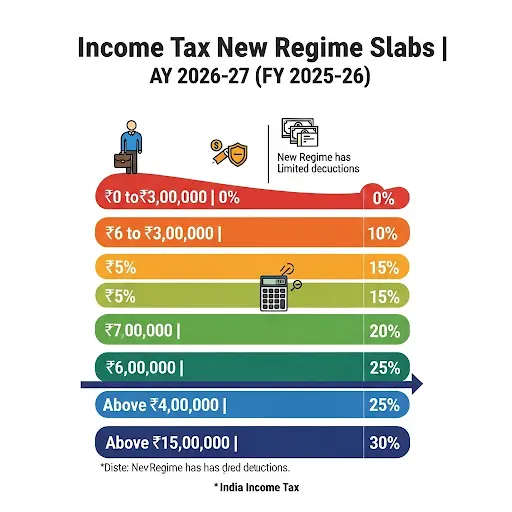FAQ On Tax Saving Investment for FY 2025–26
Most Frequently Asked Questions (FAQ)
Most common FAQ on tax saving investments for best tax planning among the available option which is mostly available for the tax payer opted the Old Tax Regime since under the new tax regime no deduction is allowed except employers’ contribution to NPS which is 14% of the basic pay which makes NPS more lucrative.
- What are the best tax-saving investment options for FY 2025–26?
The top tax-saving investment options under Section 80C are as follows.
- ELSS (Equity Linked Saving Scheme)
- Public Provident Fund (PPF)
- National Pension Scheme (NPS)
- Tax-saving Fixed Deposits (5-year)
- Life Insurance Premiums
- National Savings Certificate (NSC)
- Sukanya Samriddhi Yojana (for girl child)
- Home loan principal and tuition fees (under 80C)
- What is the maximum deduction allowed under Section 80C for FY 2025–26?
- You can claim up to ₹1.5 lakh per financial year under Section 80C .
- Can I claim both 80C and 80D deductions?
- Yes, you can. 80C covers investments (like PPF, ELSS, FDs, LIC) – up to ₹1.5 lakh. 80D covers medical insurance premium – up to ₹25,000 – ₹1,00,000 for senior citizens). For example – For self and family INR 25,000, Self, family and parents below the age of 60 years- INR 50,000. If parents are above the age of 60- INR 75,000 for self, family and parents and INR 1,00,000 if eldest member in family and parents is above the age of 60 years.
- Apart from the insurance premium, Medical expenses incurred for senior citizens and Preventive health check-up allowed which is within the overall maximum limit of section 80D.
- Is NPS a good tax-saving investment?
- Yes, since it is the retirement pension plan which is very helpful in old age. Deduction under Section 80CCD(1) – part of the ₹1.5 lakh 80C limit. Additional ₹50,000 under Section 80CCD(1B) which is over and above 80C
- Is ELSS better than PPF or Tax-Saving FD?
- ELSS has the shortest lock-in (3 years) and potential for higher returns and high risk as it’s equity-linked market plan.PPF and FDs offer guaranteed returns, but with longer lock-in periods (15 and 5 years respectively). The tax payer should choose the same based on risk appetite and investment horizon.
- Can I invest in PPF for my spouse or child and still get tax benefits?
- Yes. You can invest in PPF accounts of your spouse or minor child, and claim deductions under your own Section 80C limit (subject to ₹1.5 lakh cap).
- What tax-saving options are available in the New Tax Regime for FY 2025–26?
- Under the New Tax Regime, most exemptions and deductions (like 80C, 80D, HRA) are not available.
However, Employer contribution to NPS under Section 80CCD(2) is still allowed and Standard deduction (₹75,000) is now allowed in the new regime as well for FY 2025-26. - When is the last date to make tax-saving investments for FY 2025–26?
- You must make your tax-saving investments by March 31, 2026 to claim them for Assessment Year 2026–27.
Read detailed article on Income tax-saving investment for FY 2025-26- Read Now
Disclaimer
This article is for general information and does not constitute professional advice. Tax rules change via Finance Acts, CBDT notifications, and judicial decisions. Verify the latest provisions or consult a qualified professional for your specific case. TaxBizMantra is not responsible for decisions made solely on this content.







